Essential Examination, 3rd edition: Step-by-step guides to clinical examination scenarios with practical tips and key facts for OSCEs
£17.60£19.00 (-7%)
Now in full colour! Over 50,000 copies sold!
Essential Examination has been comprehensively revised and new sections added:
- Neonatal: the ‘baby check’
- Female genitalia
- Digital rectal examination
- GALS screening
- Foot and ankle
- Elbow
- Critically ill patient
- Confirming death
The new edition retains the unique format and approach of the original.
- Clear, step-by-step guides to each examination, including useful things to say to the patient (or an examiner), detailed descriptions of special tests, etc.
- In a separate column is a collection of key information: potential findings, differential diagnoses of clinical signs and practical tips.
- On the following pages there are facts relating to that particular examination and, in many sections, there are also tips on how to present your findings succinctly – a skill which is crucial to master for exam success.
If you are learning how to examine patients, or preparing for an OSCE, then you need Essential Examination!
Over FIVE HUNDRED five-star ratings of the second edition, including the following:
“I LOVE this book: it has all the key examinations with each fitting on a single double page spread.”
“Best preparation for OSCEs. Learn to do these steps within the time limits and you will pass!”
“I bought this book on the recommendation of a friend and it is the most comprehensive, logical, and concise summary of examination technique I have found presented in a clean and legible bullet point format. It even includes additional information (e.g. differential diagnoses, physiological changes in pregnancy) to help you answer the questions OSCE examiners like to ask to determine which candidates deserve the ever-elusive ‘marks for excellence’. Perfect for OSCEs, clinical years, and beyond.”
“Has everything you could possibly need in an examination textbook/revision guide, no need for any others. One of the best purchases I’ve made in med school. Highly recommended.”
“The book is well presented for learning examinations; using a table format, explanations are given without detracting from the process of the examination. It is far more than a checklist, it provides essential information without cluttering walls of text between one step and the next.”
“Pretty much THE essential text book for clinical examinations for all medical students. Good price and will take you from day one to qualifying as every colleague who has just graduated swears by this book for clinical OSCEs.”
Contents
Cardiovascular
Cardiovascular; Heart murmurs
Respiratory
Gastrointestinal
Chronic renal failure / renal transplant
Musculoskeletal
GALS screen; Hip; Knee; Foot and ankle; Shoulder; Elbow; Spine; Hands: general / musculoskeletal
Neurology
Hands: neurological; Upper limb neurology; Lower limb neurology; Cranial nerves; Extrapyramidal neurology / tremor; Cerebellar function
Endocrine
Cushing’s syndrome; Acromegaly
Circulation
Lower limb arterial system; Lower limb venous system
General lumps
Skin lesions
Groin hernia
Thyroid / neck lump / thyroid status
Stoma
Ventral hernia
Intimate examinations
Male genitalia; Female genitalia; Digital rectal examination; Breast
Pregnant abdomen
Neonatal
The critically ill patient
Confirming death
Appendices
Lymph nodes of the head and neck; Key differential diagnoses
Read more
Additional information
| Publisher | 3rd edition (18 Nov. 2016), Scion Publishing Ltd |
|---|---|
| Language | English |
| Spiral-bound | 155 pages |
| ISBN-10 | 1907904107 |
| ISBN-13 | 978-1907904103 |
| Dimensions | 17.2 x 1.78 x 24.38 cm |


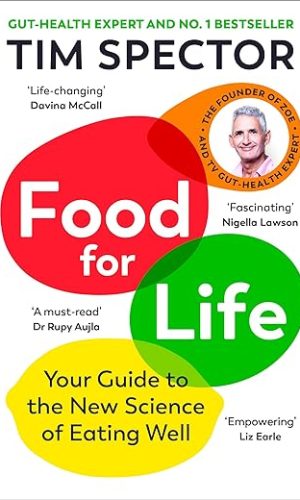
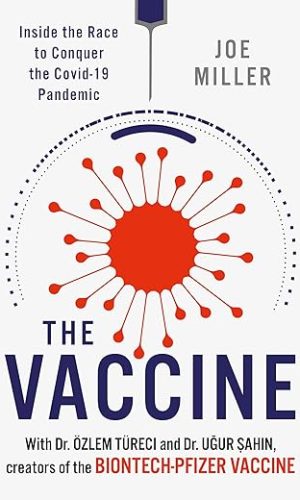
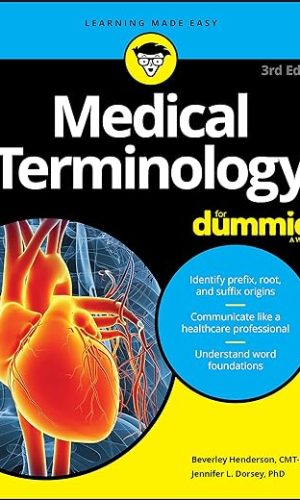


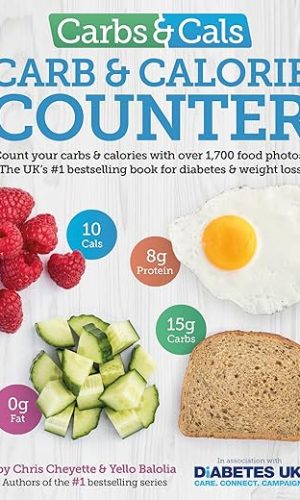
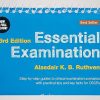
by Sandra Ramirez
It has all you need for a quick revision aid. Would recommend.
by Kindle User
I am a second year medical student, and I bought this book on the recommendation of a fifth year medical student who was teaching me. I’m going into 3rd year in September, which marks the start of my 3 clinical years of the course. I had a chance to practice with it for a few weeks during my end of year placement. I bought the book primarily because it seemed to be perfect for what I needed it for (namely – using to practice examinations) and I wasn’t disappointed. The size is great, and can fit easily into a folder or a large pocket (back in the days of the doctor’s white coat it would have fit perfect). It is concise, so you don’t feel like you have to read through loads of text to find what you want, plus the contents page is extremely useful for quickly finding what you need. I really like the use of diagrams in the book – there are no unnecessary diagrams, but when things would be better explained that way (e.g. dermatomes) they are used, and I found them extremely helpful. I also really liked the space given for personal notes – it is so much easier than having to try and cram notes around the text, and means that the relevant notes are next to the correct page. In summary, I would thoroughly recommend this for any medical student wanting an easy way to brush up on their examination techniques, and especially for newbies, as it guides you through the exam step-by-step.
by clare riddle
hesitated because of the earlier ‘black and white printout’ review – received it in full colour. have heard from upper years this is the best book to have for osces, very excited and am already using it !
by Miss Dupdap
This was very helpful for passing your OSCE. I would have preferred more pictures nice all rounder book.
by Kindle User
If you are a student paramedic or doing OSCEs for BSc/MSc this book is perfect! It is similar format to Geeky Medics but gives more depth into examinations which is required for MSc level (ACP roles)
When you are expected to give differentials for findings this book will help with that ???????? it also covers heart murmurs, skin lesions, PR exam.
by NG
Very helpful for OSCEs. Useful to have each exam & clinical findings condensed into a page. It facilitated easy memorisation of many examinations in a short period of time.
by Genevieve S
This is pretty much my bible for finals OSCE preparation. This covers all of the common systems in a step-by-step fashion, distilling things down to its essentials in a ‘review’ format. No unnecessary fluff.
If you’re trying to learn a particular examination for the first time, maybe this isn’t the best book. But if you’re just trying to practice and get slick before your OSCE’s, ‘The Blue Book’, as it is colloquially called at my medical school, is 100% the way to go.
Best if all is the concise short notes section that follows every examination. These are lists of differentials of certain examination findings, and common pathologies of that system, which are easy to learn, high-yield facts. This is the sort of stuff that you get asked on ward rounds and well worth spending a few extra minutes learning in order to impress your consultant!
by Ellen James
Good revision for sope.